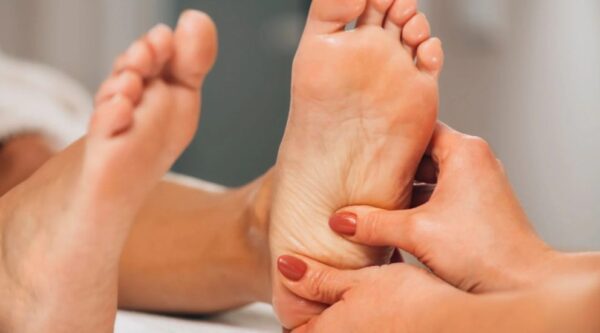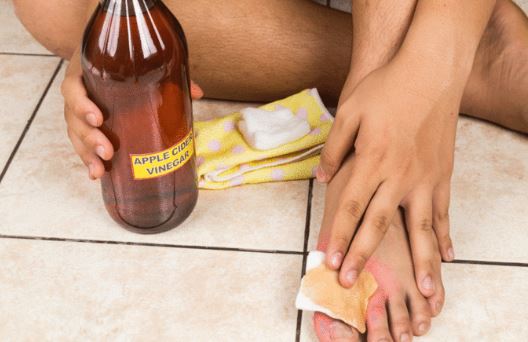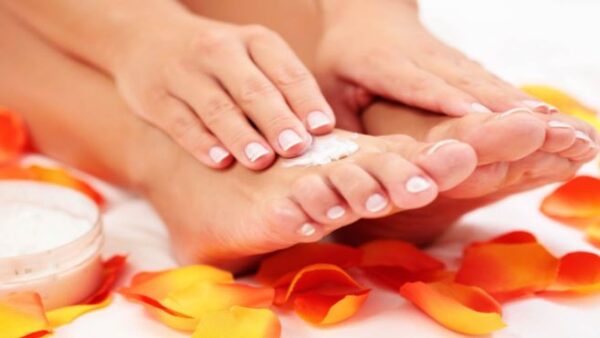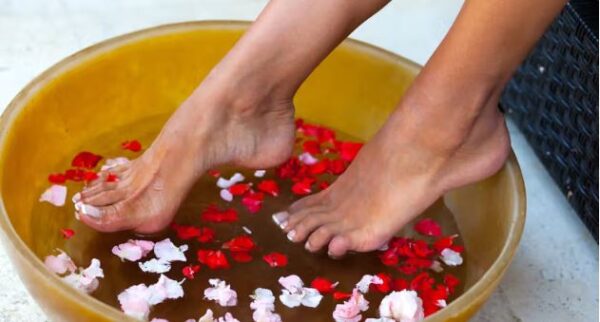Lifestyle
How to keep your feet soft and smooth without getting a pedicure
1. Soak your feet regularly
Soaking your feet in warm water for 15-20 minutes softens the skin, making it easier to remove dead cells and calluses. You can enhance your foot soak by adding Epsom salts, which help reduce swelling and soothe tired feet, or a few drops of essential oils like lavender for relaxation.
2. Exfoliate with a foot scrub
Use a foot scrub or make your own at home using ingredients like sugar, honey, and olive oil. Exfoliating 2-3 times a week helps to remove dead skin cells, revealing smoother, softer feet. Focus on areas prone to roughness, like your heels and the balls of your feet.
3. Use a pumice stone or foot file
After soaking, gently use a pumice stone or foot file to slough off any remaining dead skin, particularly around the heels and any calluses.
Be careful not to overdo it; just a few gentle strokes will suffice. Doing this regularly prevents hard skin buildup.
4. Moisturise daily
Keeping your feet moisturised is key to preventing dry, cracked skin. Apply a rich foot cream or a thick lotion right after your shower or foot soak when your skin is still slightly damp.
Ingredients like shea butter, coconut oil, or urea-based creams are particularly effective at locking in moisture and keeping your feet soft.
5. Avoid walking barefoot
Walking barefoot, especially on rough surfaces like hard floors or outside, can lead to dry, cracked feet. Try to wear slippers or soft shoes around the house to prevent your skin from hardening and cracking. Outdoors, always opt for comfortable, supportive footwear to protect your feet.
6. Stay hydrated
Your skin’s health starts from within. Staying hydrated by drinking plenty of water ensures that your skin, including the skin on your feet, remains supple and moisturised. Dehydration can cause dry, flaky skin, so drink water consistently throughout the day.











